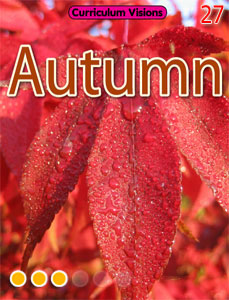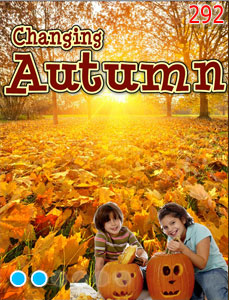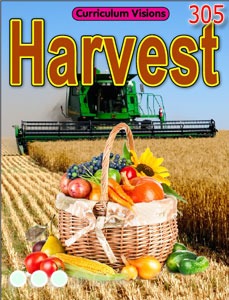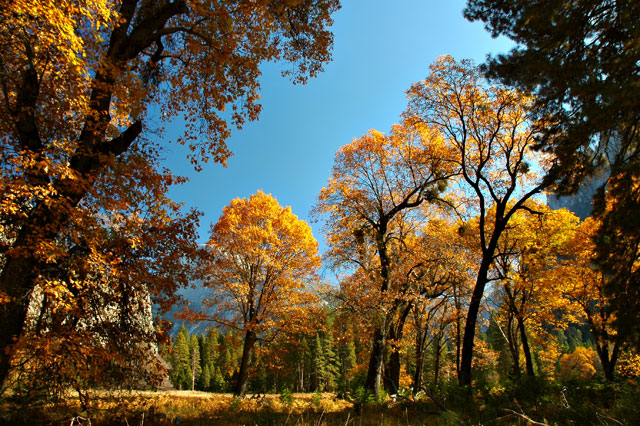Autumn (known as Fall in North America) is a season that occurs in places where there is a big difference between summer and winter. In these places (about half way between the Equator and the poles) autumn is marked by shorter days and longer nights. The Sun is lower in the sky and so temperatures are lower than in summer.
Some plants cannot live through the cold winter ahead, and so lose their leaves. As they do so, the leaves change colour and become yellow and sometimes red. Then they begin to fall off. This is why Americans call autumn 'fall'.
Autumn is marked either by the months September, October and November, or by the calendar dates 21st of September to 21st of December. However, in many places, real autumn is just October to November, with winter setting in by early December.
How long autumn lasts depends on where you are in the world. Autumn lasts longer in places near the western coasts of continents and is shorter on the eastern coasts.







